Realistic Expectations for the First Week of Kindergarten
Planning for the first week of Kindergarten is no easy feat. There is so much to consider, and let's face it, the odds of everything going exactly as planned are slim. Before you start planning, it's important to have realistic expectations for the first week of Kindergarten.
Take a deep breath and remember this–the first week is all about getting to know your students and welcoming them with open arms. You will all learn, grow, and gain confidence together.
Reassure them…a lot!
In those first days of kindergarten, the nerves are high for your students, their parents, and you. Your little learners are entering into a whole new world filled with new people, new routines, and new rules. One of the most realistic expectations for the first week of Kindergarten is that you will need to reassure them often.
Let them know that you care about them and are excited they are there. Comfort them when they miss their parents, which may just be the second they walk out the door. Assure them that you will keep them safe and make sure they get home safely too. For more tips on helping students cope with separation anxiety, check out this blog post.
It is important to reassure the parents too. For some, this may be the first child they've ever sent to school. Remind them what doors you will exit when the bell rings, how the pick-up line goes, and what time school gets out. This will help them feel at ease.
One of the most powerful connections you can make with your students the first week is letting them know that you are nervous too. The book “First Day Jitters” is a great read aloud to help everyone understand it is normal to be a little scared.
Use Soft Starts
Realistic expectations for the first week of Kindergarten do not include starting your day with typical morning work or bell ringers. It takes time to get your students used to these activities and the procedures that go with them. This might be some students' first time in a school setting, first time having to wait their turn, raise their hand, use scissors and glue, etc.
The first week is all about easing students in and helping them get comfortable at school. Using soft starts to the day is a great way to do this. A soft start is essentially a quiet, calming activity that sparks creativity and warms up the brain. There's no rushing or stress to complete it, which helps them settle in for the day.
Some ideas for soft start activities are puzzles, coloring pages, building with plastic math cubes or blocks, drawing, or basic math and literacy activities, such as these back to school morning tubs. These activities are a great way to get to know your students, their strengths, and what they enjoy.
Practice Routines and Procedures
You've probably heard that routines and procedures are basically your life the first week of Kindergarten. Well, you heard correctly! However, before you go feeling like a drill sergeant, just remember how much smoother your classroom will run by taking the time to practice them now.
As you practice these routines and procedures, repeat this to yourself–“I am patient.” You will sometimes have to practice lining up 10 times in a row, but rest assured, they will get better! You will look back at these days and be amazed at how far they've come.
To ensure that you cover all of the routines and procedures needed, take a mental walk through your day and make a list of all the things you need to teach your students. That way, you can address them as you move through your day. There is no need to teach everything in the first week of school, but start setting those expectations early on. Patience and consistency is key!
Key Routines and Procedures to Teach Right Away
- Entering the classroom
- Where to place book bags and lunches
- How to use and treat manipulatives in the classroom
- Sitting quietly at your seat
- Storing and using supplies
- Asking for help
- Teaching your students hand signals is a game-changer and lessens unnecessary chatter. Students simply hold up 1 finger for bathroom, 2 for drink, 3 for pencil sharpening, 4 for getting a tissue, and 5 for asking a question
- Transitioning from one activity/place to another
- Sitting at the carpet
- Listening to stories
- Raising your hand to speak
- Lining up and walking in line
- Using the bathroom
- Recess rules
- Snack time procedures
- Lunchroom rules
- Packing up/dismissal procedures
While that list may seem long and there are even more routines and procedures to teach, you will be surprised how naturally it comes to teach these to your new students. After all, without this structure, you wouldn't even make it through the first day! 🙂
Make a Plan
When planning, keep in mind realistic expectations for the first week of Kindergarten. Keep it simple, repetitive, and fun! Each day will get a little smoother and by the end of the week, you'll be happy dancing with your teacher friends down the hall to celebrate getting through that first week!
This schedule can be easily implemented and tweaked to work for you and your classroom. Keep your list of routines and procedures handy so you can go over them throughout the days. These tried and true Kindergarten teacher tips will also help you in your planning.
First Week of Kindergarten Schedule
8:00-8:30 Greet students (and parents), complete soft start activities at seats, reassure parents as they leave.
8:30-9:00 Transition to carpet, play a getting to know you game, do calendar time.
9:00-9:30 Do a brain break or two (GoNoodle, Dr. Jean, Learning Station), do a read aloud.
9:30-9:45 Bathroom break, wash hands for snack time.
9:45-10:00 Eat snack, clean up.
10:00-10:15 Line up for recess, practice walking in the hall and outside.
10:15-10:30 Go over recess rules and lining up procedures outside.
10:30-10:45 Recess, practice lining up.
10:45-11:00 Wash hands, go to lunchroom and talk about rules.
11:00-11:30 Help students through lunch line, have lunch with them.
11:30-11:45 Do a quiet time activity such as coloring or listen to a story online.
11:45-12:00 Do a brain break, get ready for math.
12:00-12:30 Math manipulative stations. Rotate the manipulatives every 5-10 minutes.
12:30-12:45 Transition to carpet, read a social skills story and discuss good and poor choices.
12:45-1:15 Do a directed drawing – keep it simple, such as an outdoor scene with sun, grass, house, etc. This will help you see their fine motor skills, direction following, and spatial awareness.
1:15-1:30 Bathroom break.
1:30-2:15 Take students to specials. While they are there, make sure you are ready for dismissal and prepped for tomorrow.
2:15-2:30 Sit at the carpet, practice taking turns sharing their favorite part of the day.
2:30-2:50 Practice end-of-day cleaning and pack-up procedures.
2:50-3:00 Practice lining up, review how all students are going home, dismissal.
Make It Work for You
Phew, you made it! As mentioned, this schedule is an outline and can be edited to meet your needs. Day 1 may look a little different than the rest of the week.
For example, you may want to practice walking in a line and going on a scavenger hunt around the school from 9:00-9:30 on the first day. By day 3 or 4, your students may be ready to explore technology in the classroom, so you may do that during quiet time. Maybe your end-of-day routine doesn't take as long by the end of the week and you want to do a simple no-prep activity from 2:15-2:40. Having these free back to school pages are a simple, print and go activity to have on hand if needed so you don't have to stress.
You know your students and what they can handle, so use your teacher senses and go rock it! When is your first week back to school? Share below in the comments!

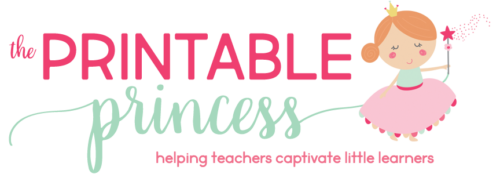
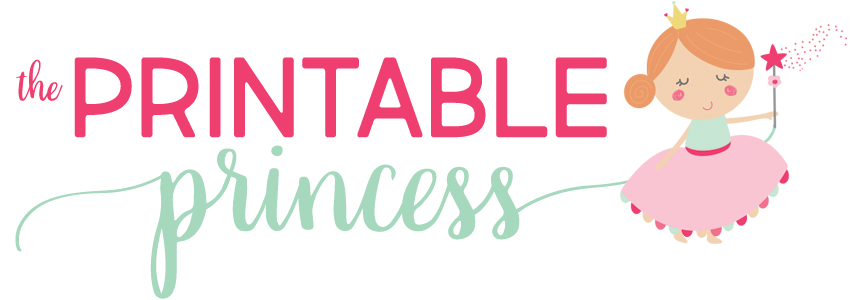
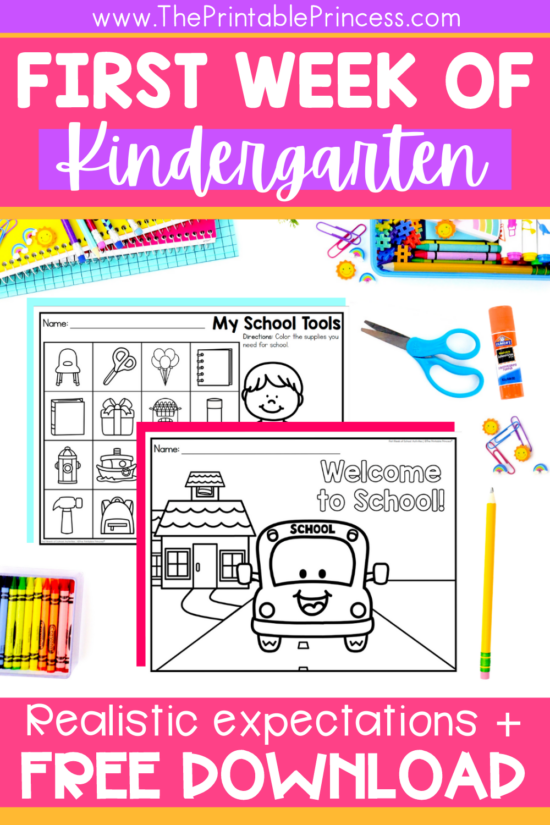
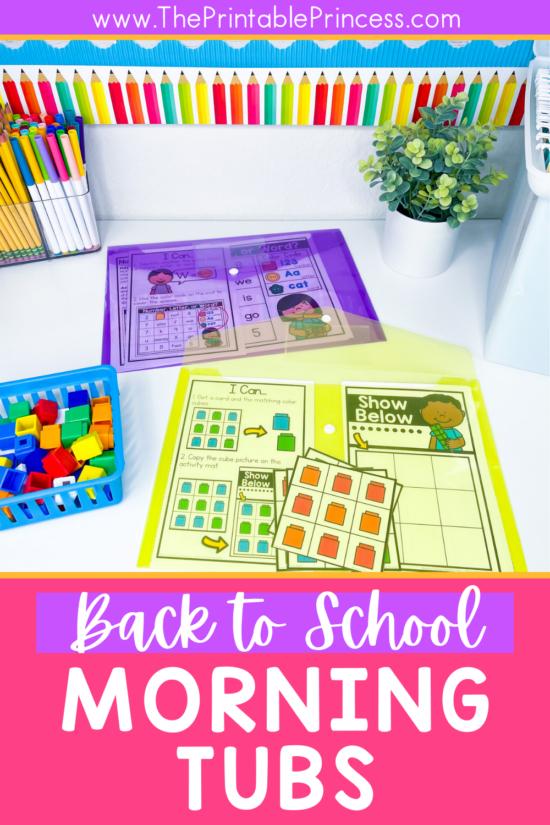
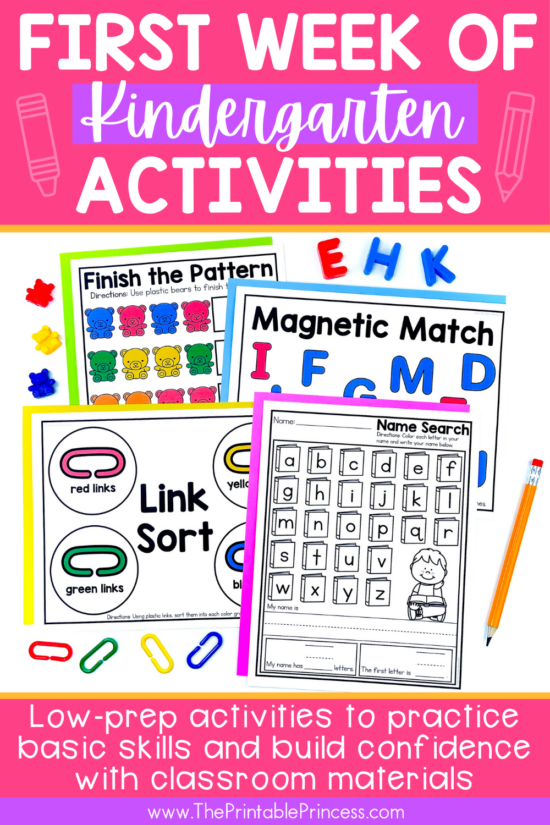
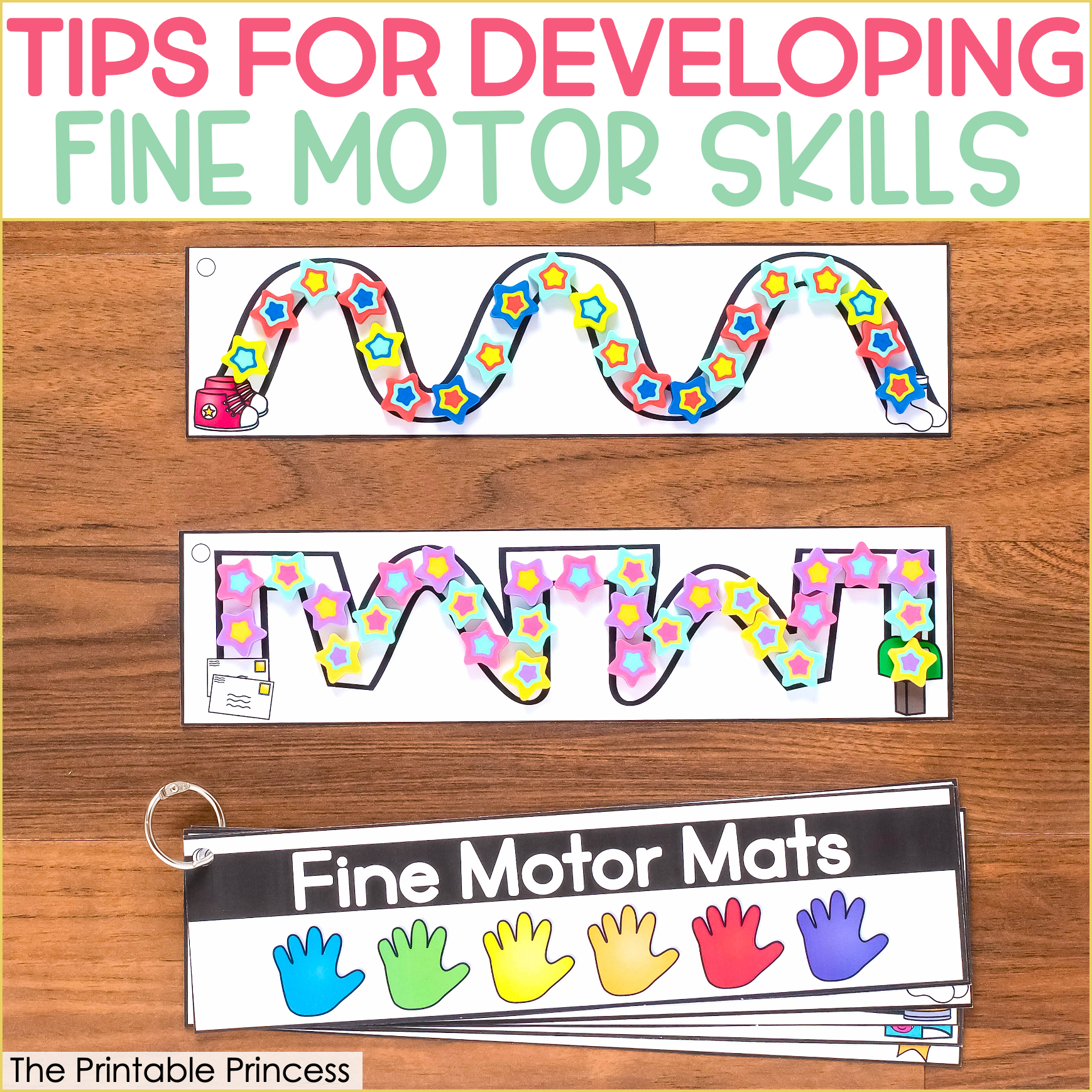

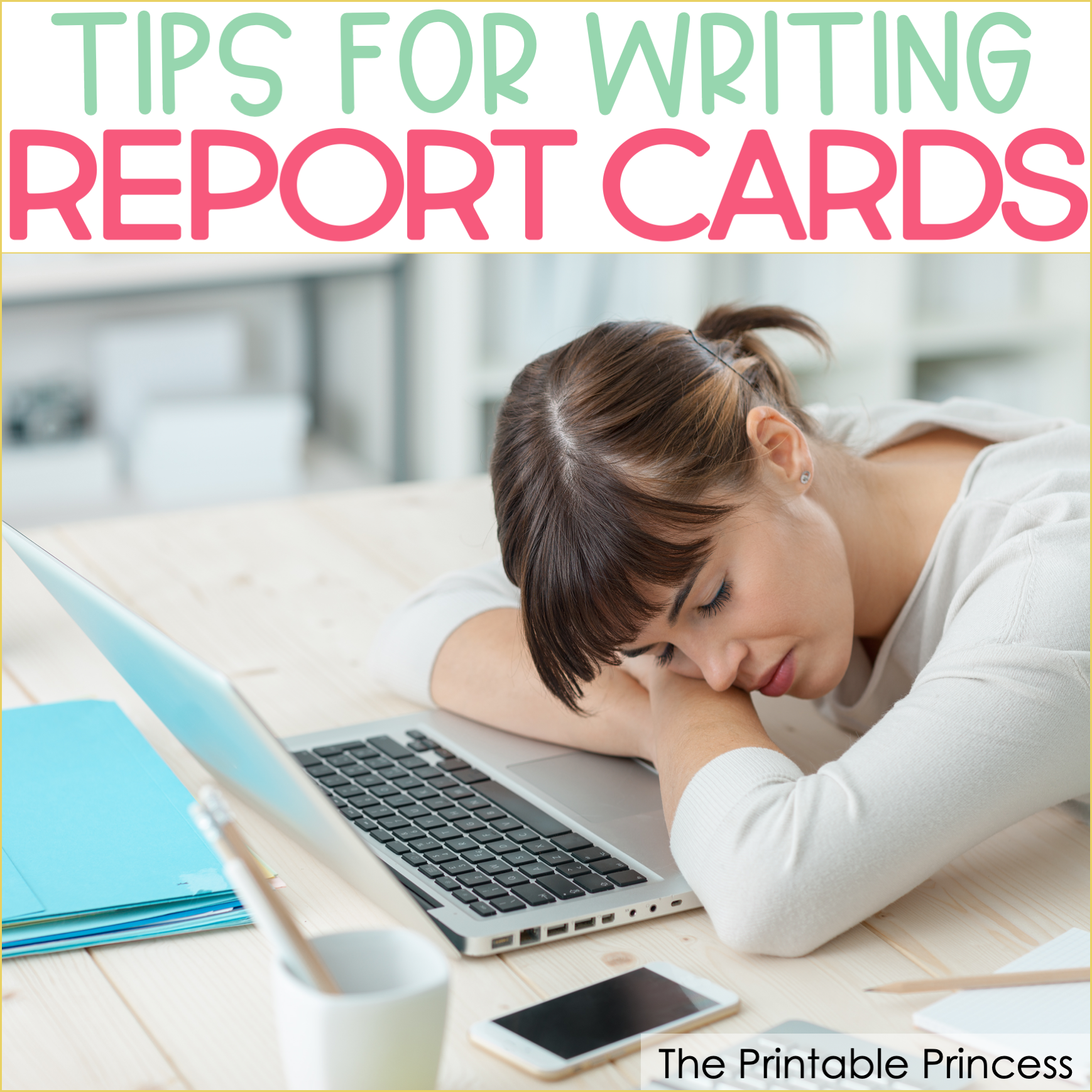
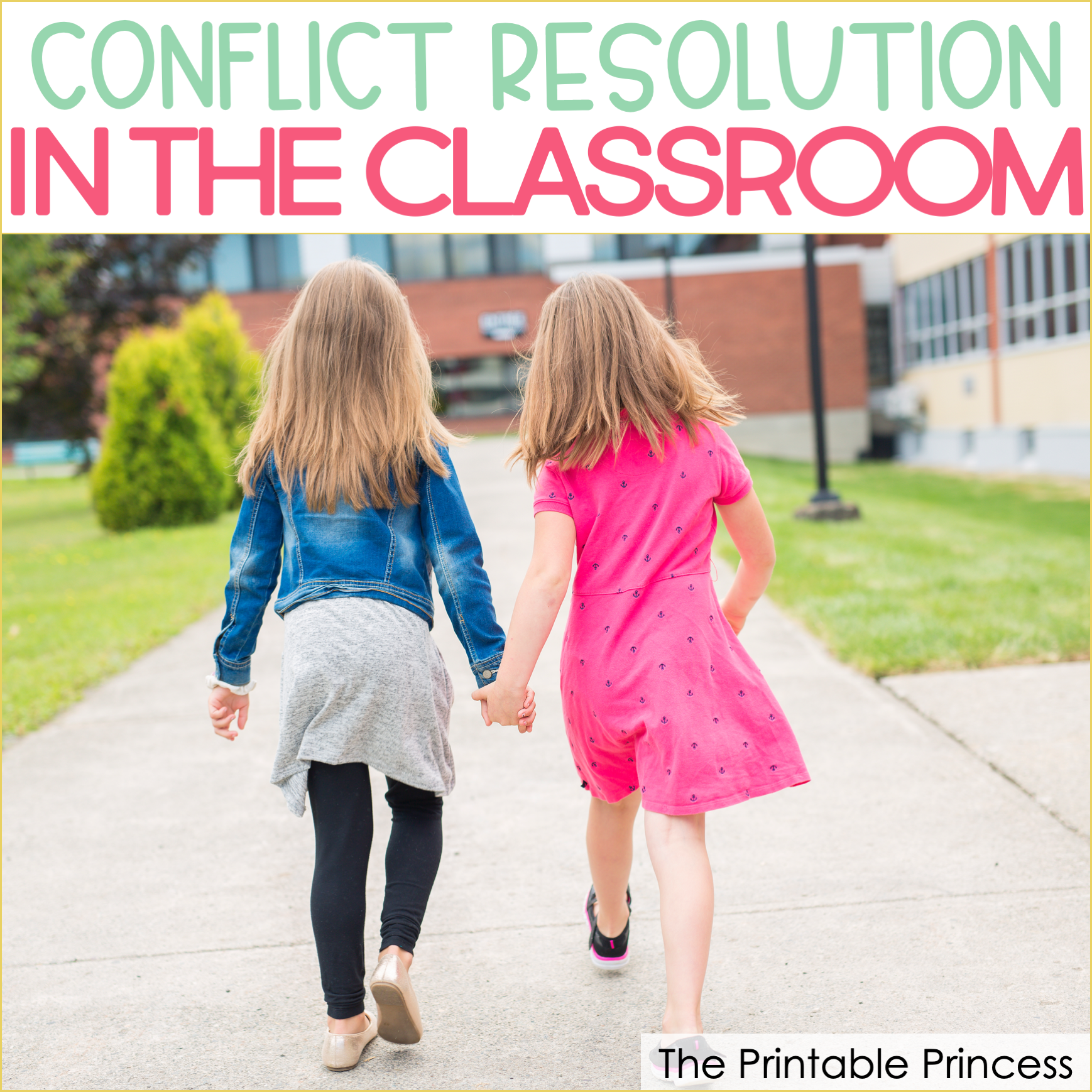
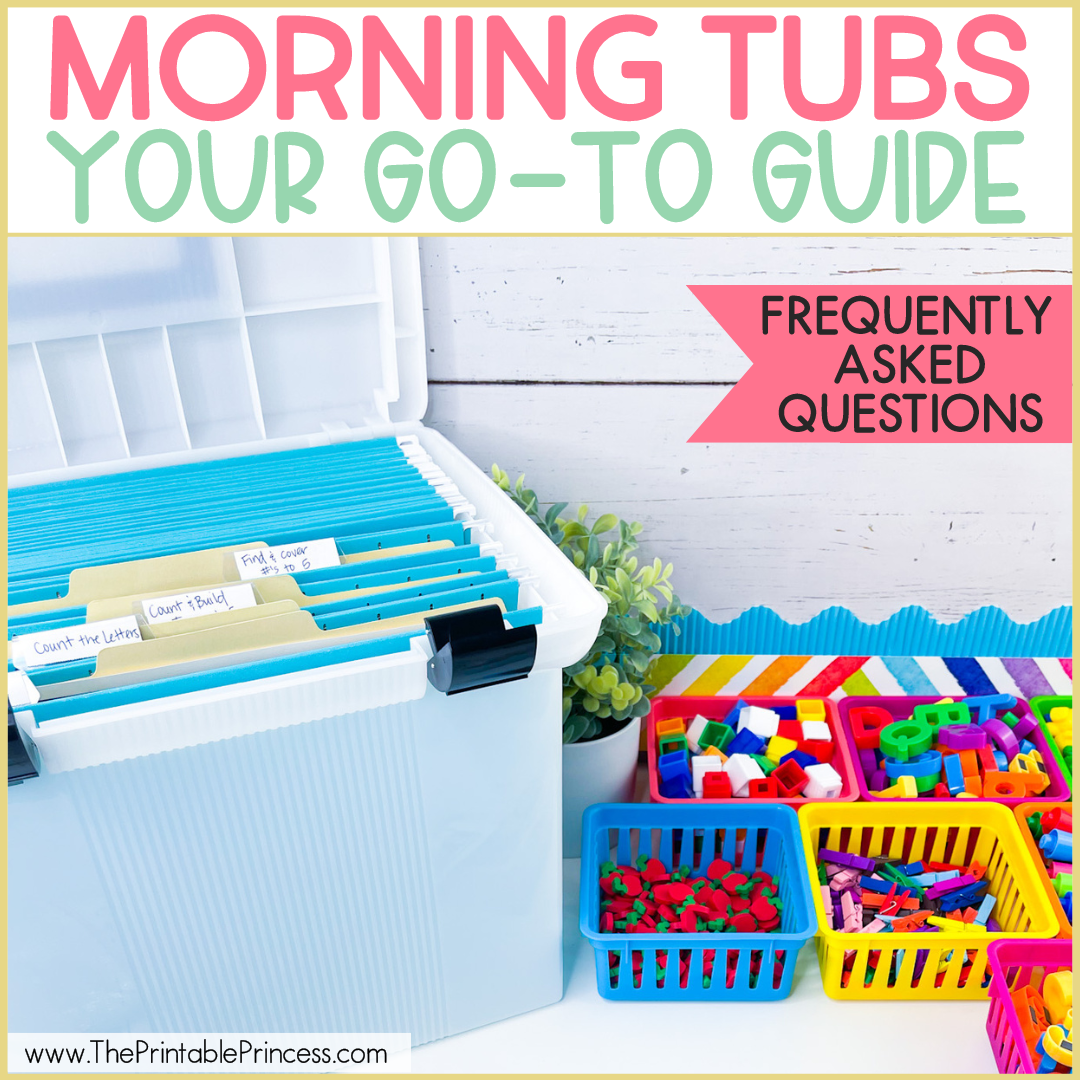
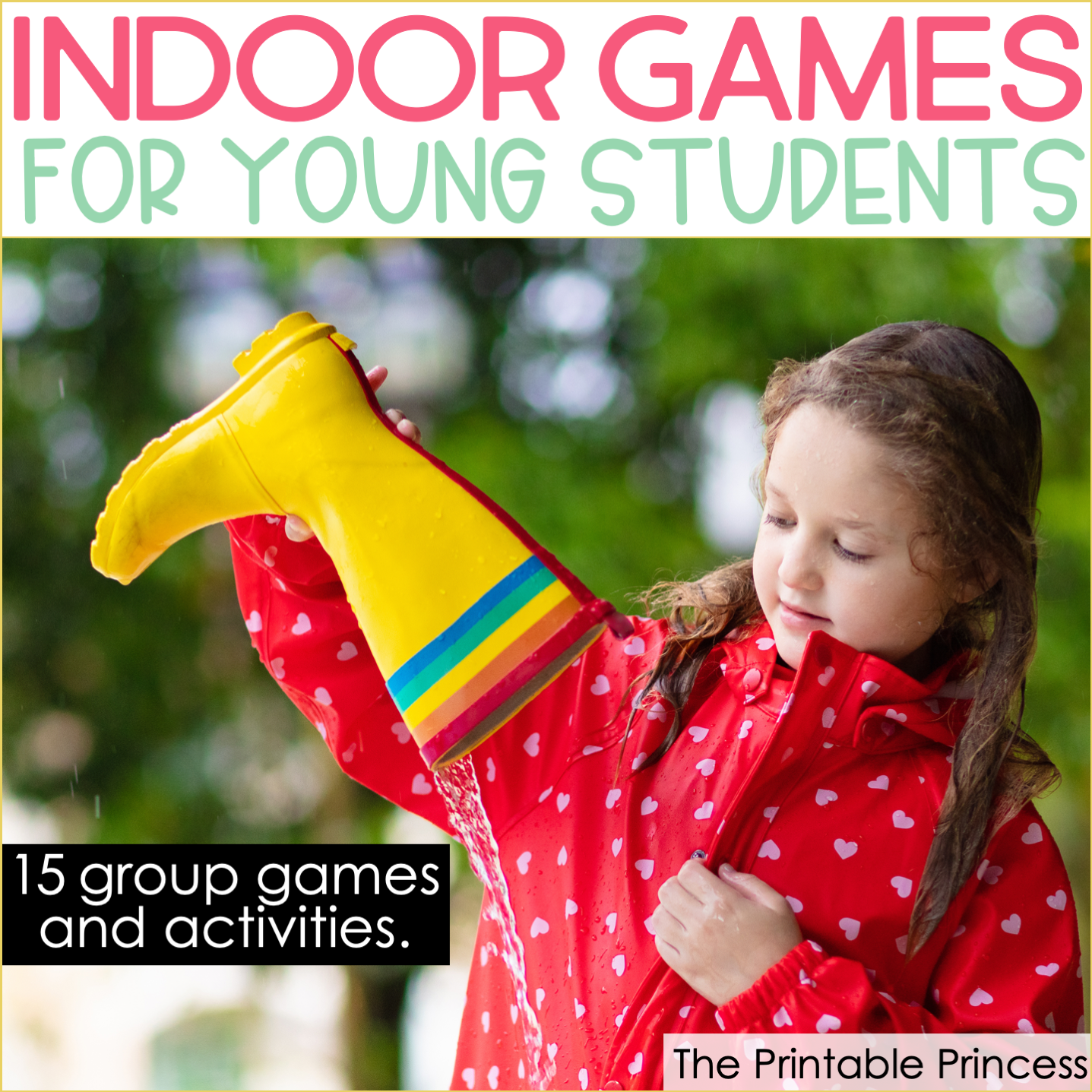
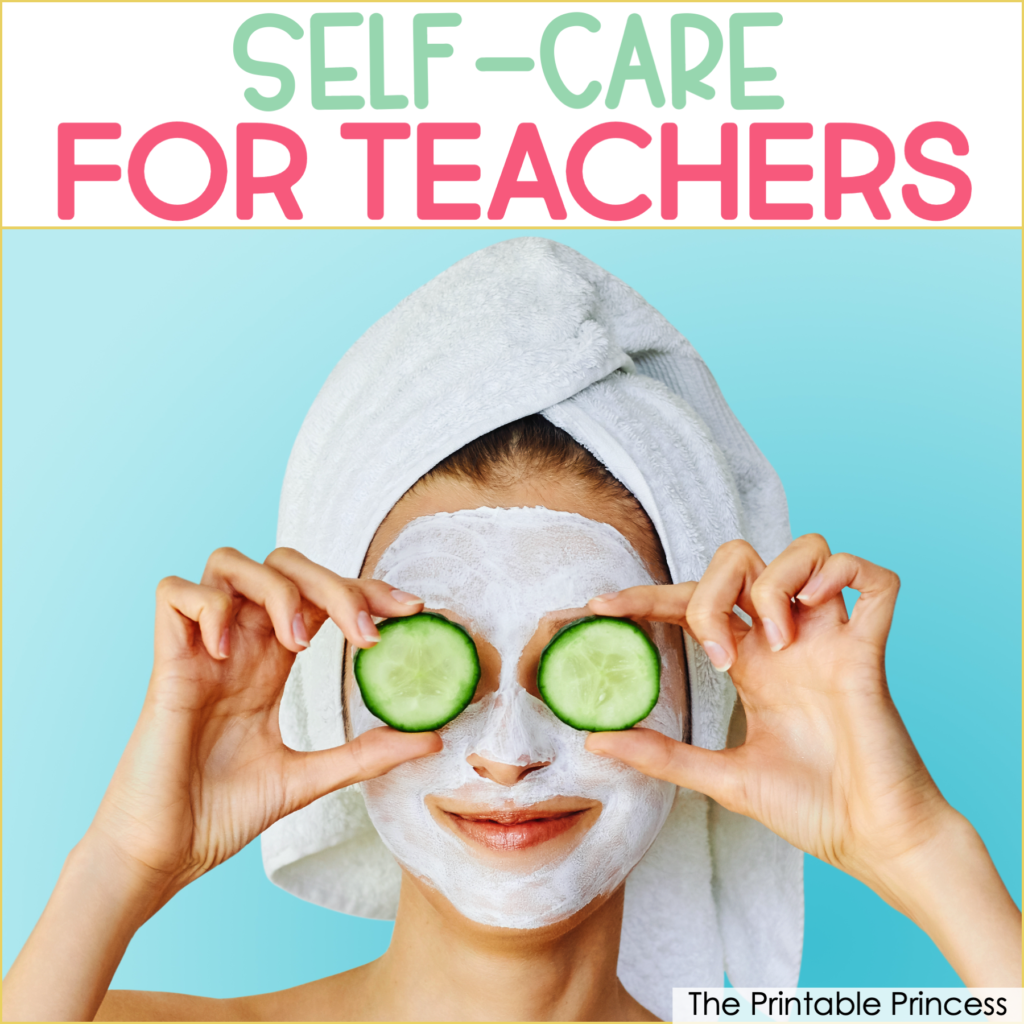
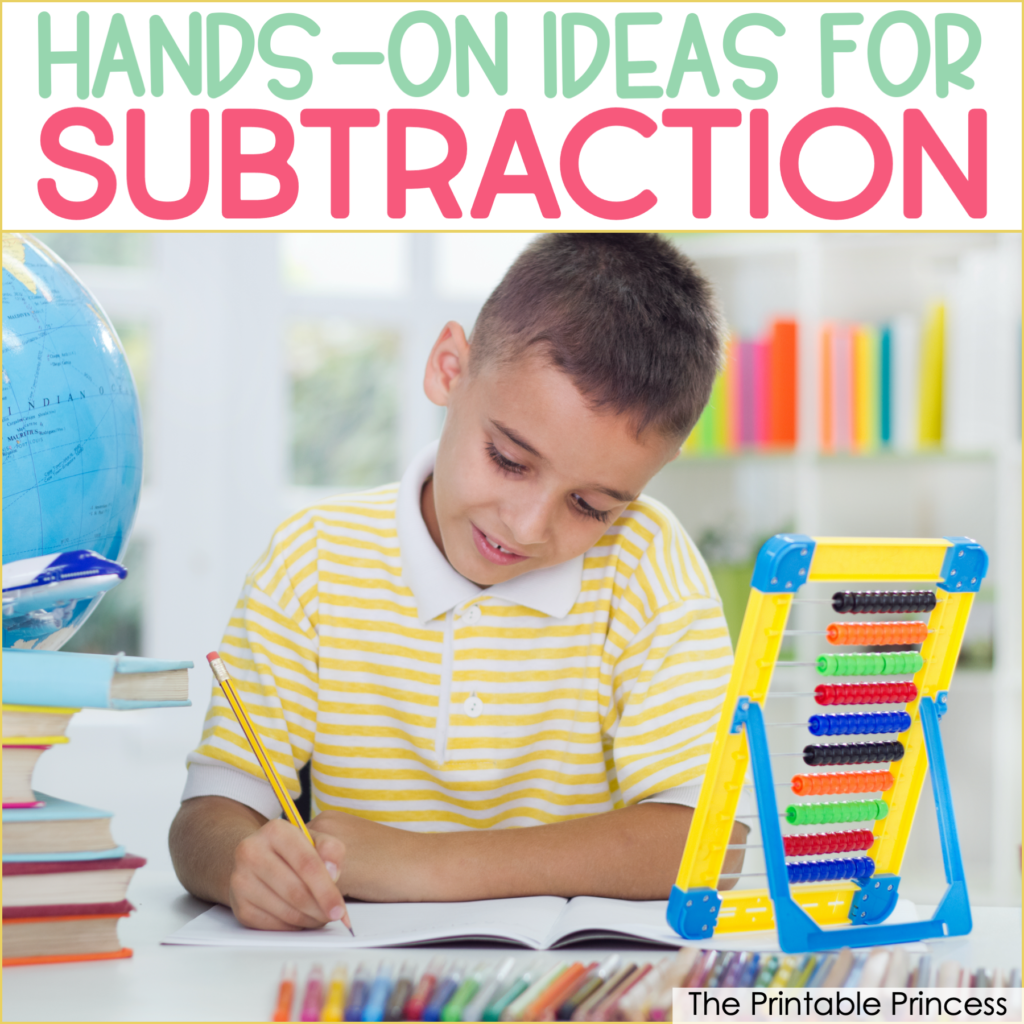
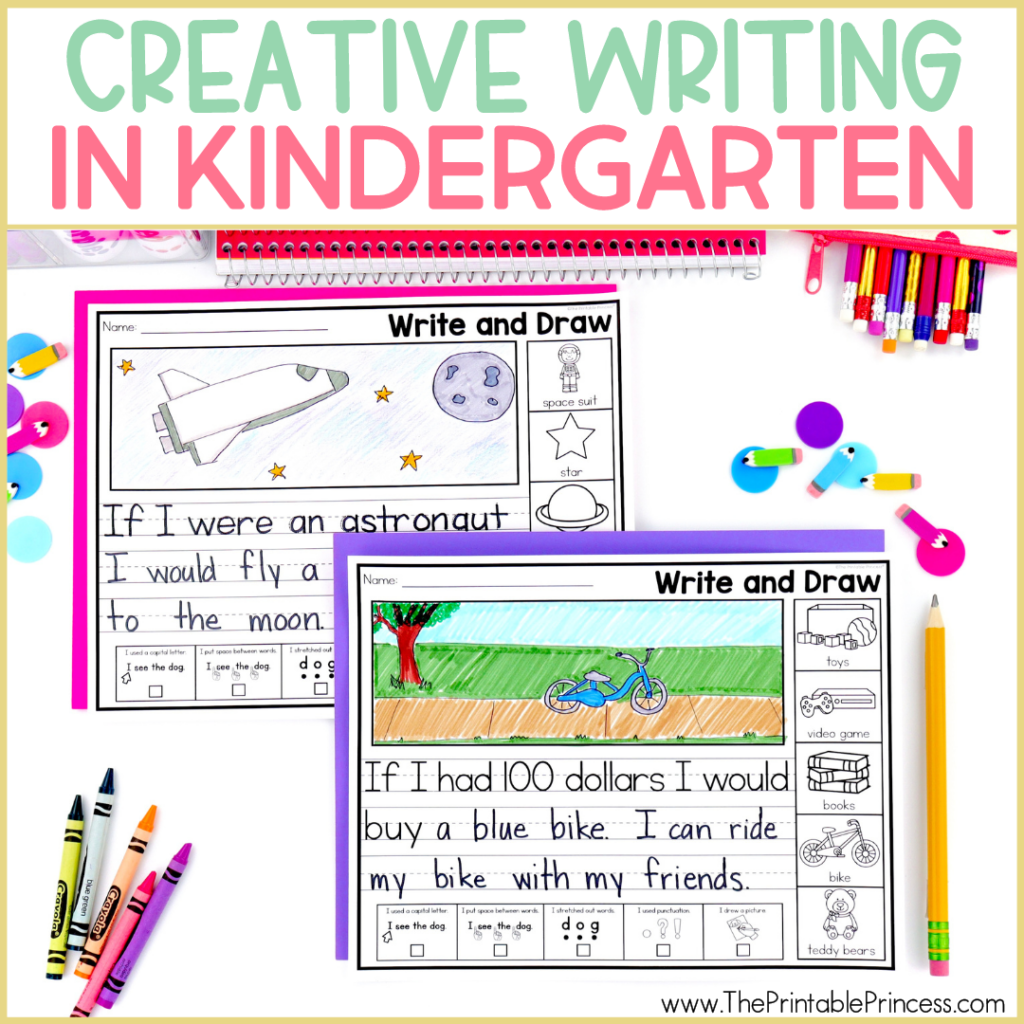
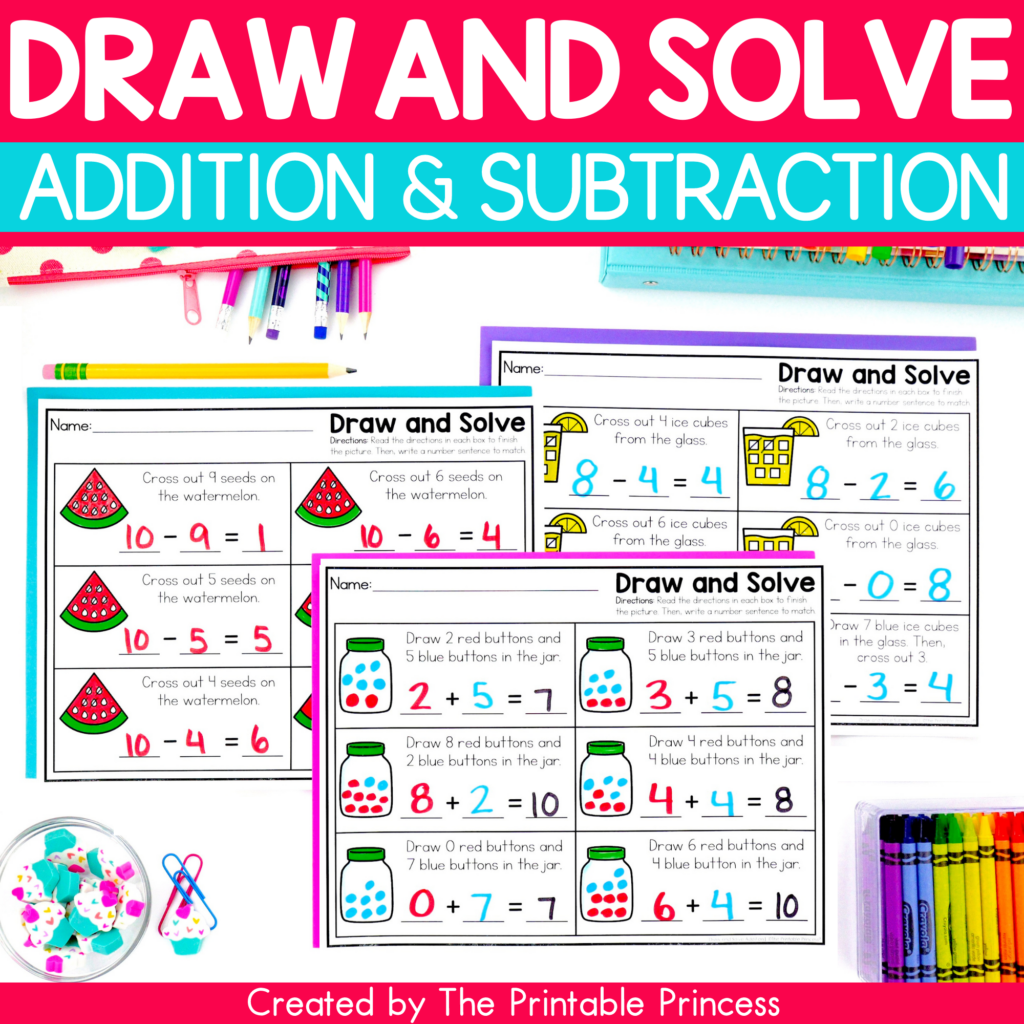
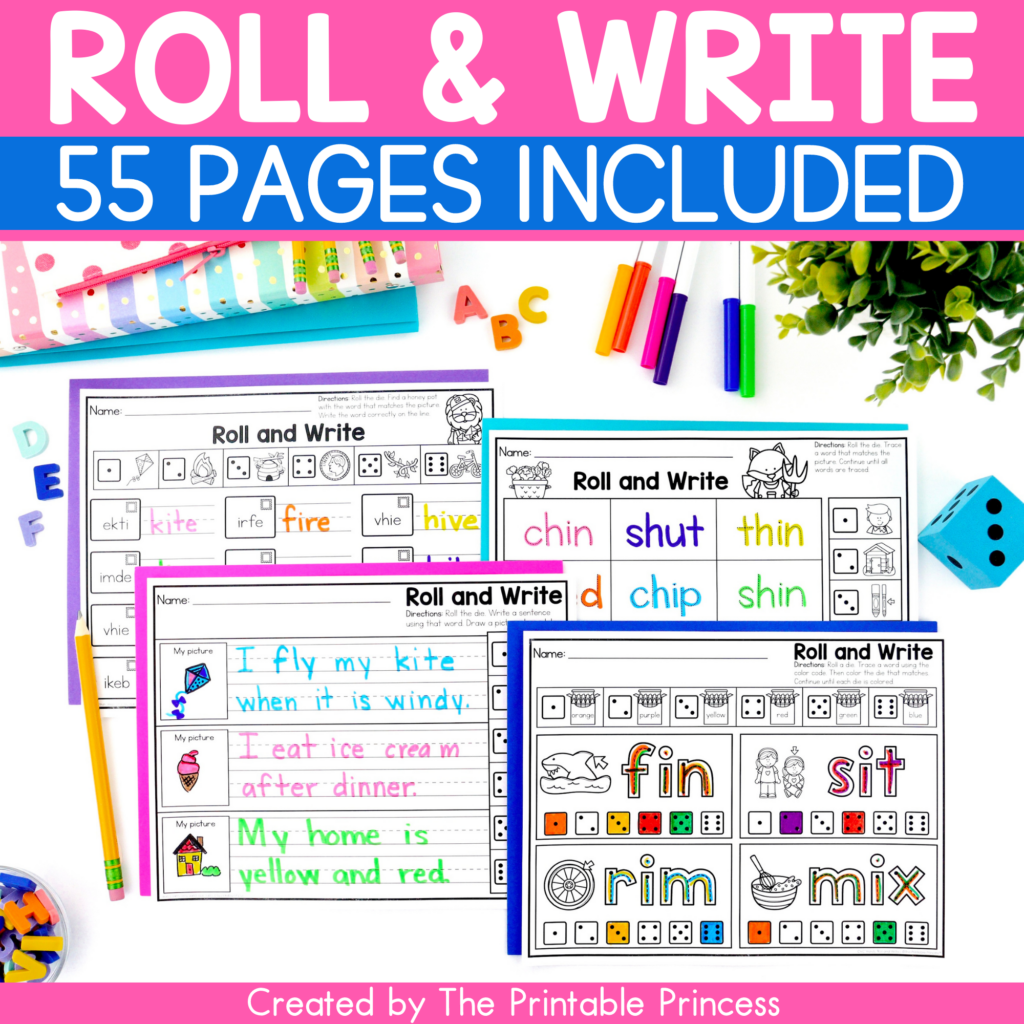
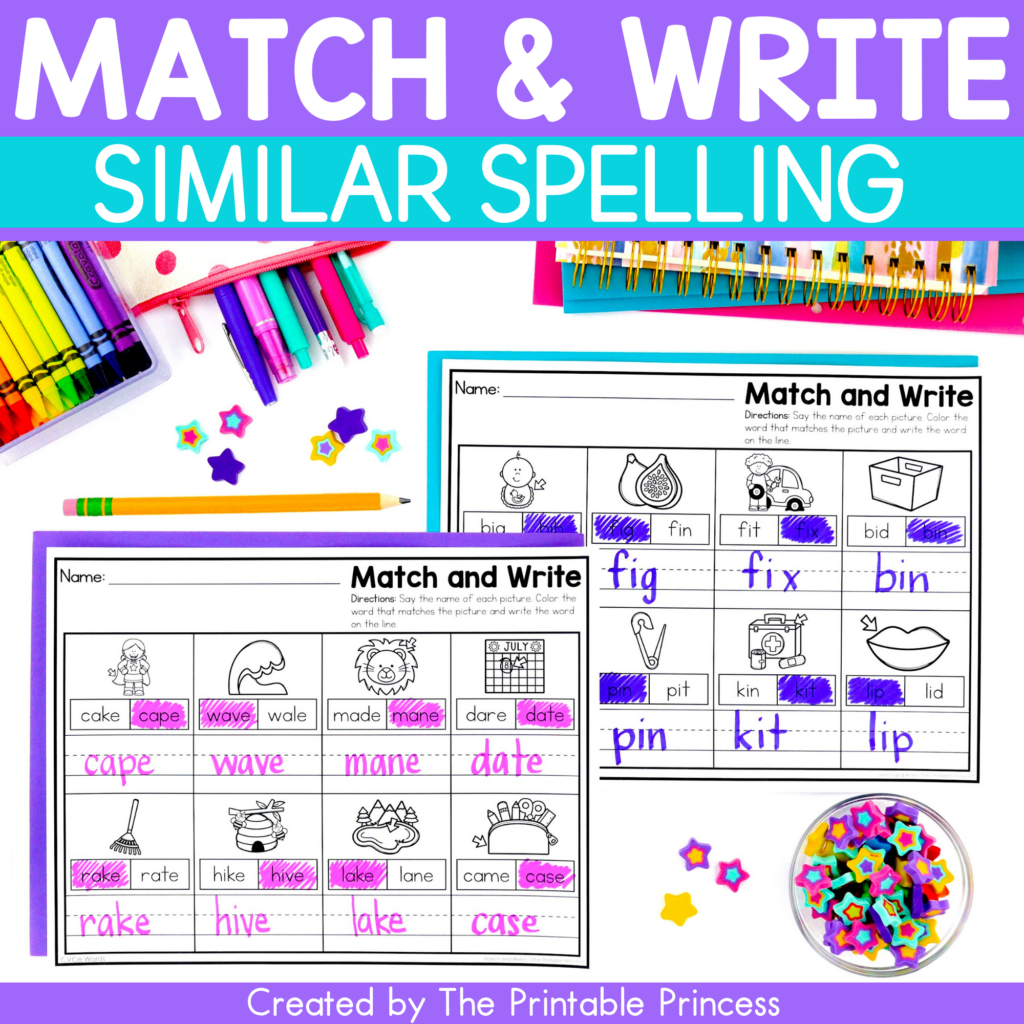
I teach in Texas and our first day of school is August 20th. We will be virtual for at least the first 4 weeks. Not sure how to get started but it will work out.
Hi Cathy,
Here’s a blog post that might help you: https://www.theprintableprincess.com/tips-for-virtual-teaching/
Stay well 🙂
-Melissa